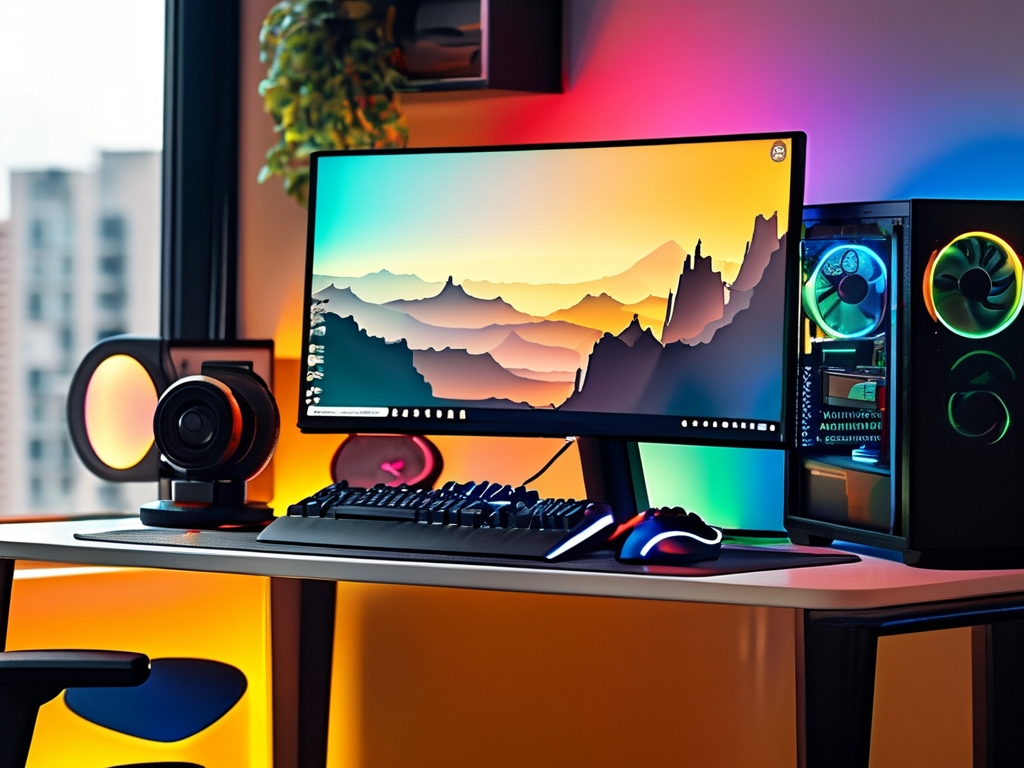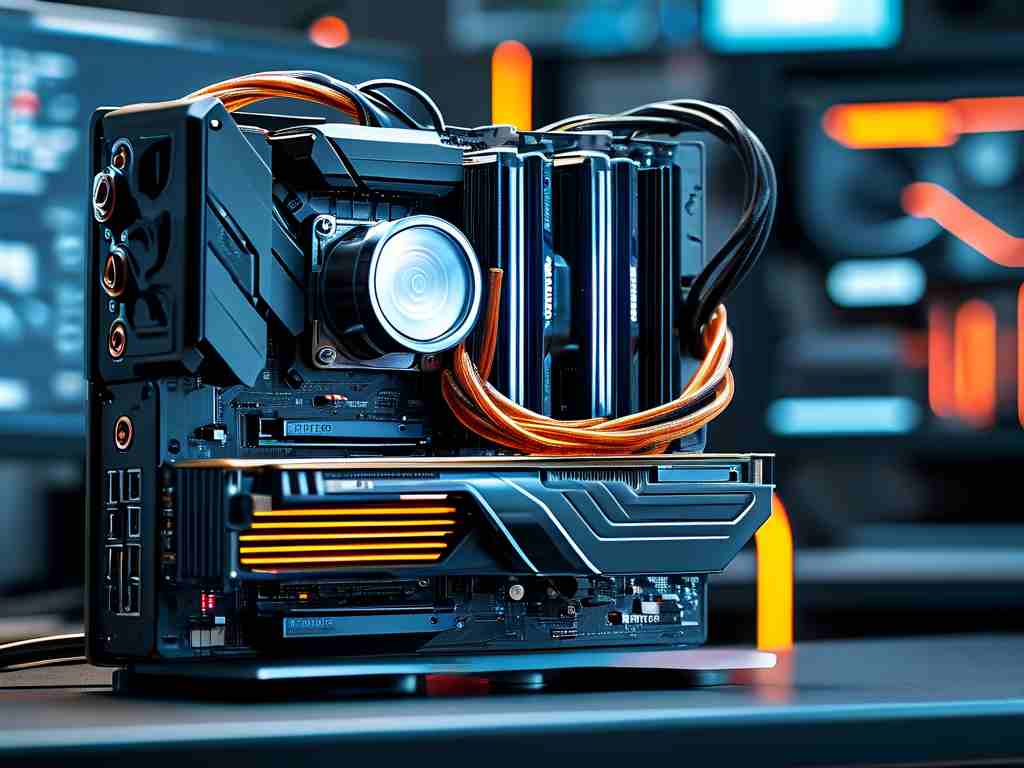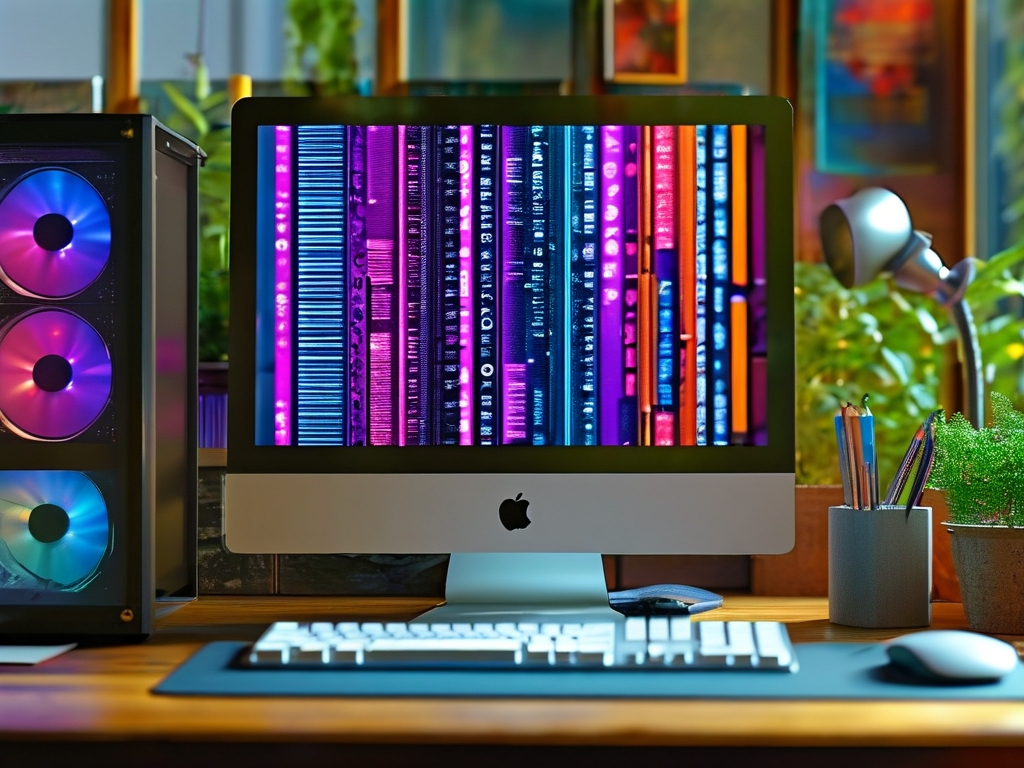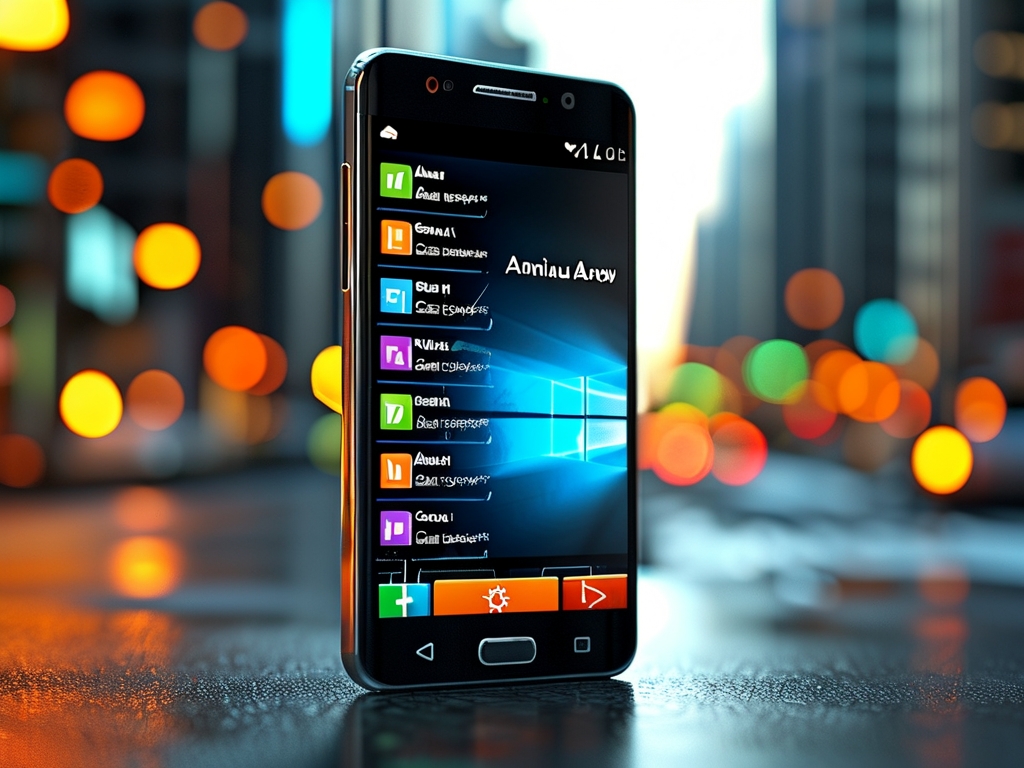The world of game development is a multidisciplinary field that combines art, technology, and storytelling. Among its many specialized roles, the game interaction designer stands out as a critical bridge between user experience (UX) principles and the unique demands of interactive entertainment. But where exactly does this profession fit within the broader career landscape? Is it a subset of UX design, a branch of game design, or a hybrid role that defies traditional categorization? This article explores the classification of game interaction designers, their responsibilities, required skills, and how they contribute to the gaming industry.

Defining the Game Interaction Designer
A game interaction designer focuses on creating intuitive, engaging, and meaningful interactions between players and the game’s systems. Unlike traditional UX designers, who prioritize usability and efficiency in apps or websites, game interaction designers must balance functionality with creativity and emotional engagement. Their work ensures that players understand game mechanics, feel immersed in the world, and enjoy seamless navigation through menus, controls, and in-game interfaces.
This role intersects with several disciplines:
- UX/UI Design: They apply principles of usability, accessibility, and visual hierarchy to game interfaces.
- Game Design: They collaborate with game designers to align interactions with core gameplay loops and narrative goals.
- Technical Art/Programming: They often work with developers to implement interactive elements using tools like Unity or Unreal Engine.
Key Responsibilities
Game interaction designers tackle a wide range of tasks:
- Prototyping Interactions: Building wireframes or interactive mockups to test gameplay mechanics (e.g., combat systems, puzzle mechanics).
- Interface Design: Crafting HUDs (heads-up displays), menus, and tutorials that guide players without disrupting immersion.
- Player Feedback Systems: Designing visual/audio cues (e.g., hit markers, achievement notifications) to communicate game states.
- Accessibility Integration: Ensuring controls and interfaces accommodate diverse player needs (e.g., remappable buttons, colorblind modes).
Their work directly impacts a game’s “feel,” influencing whether players find it satisfying or frustrating. For example, a poorly designed control scheme in a platformer can ruin an otherwise beautiful game, while a cleverly crafted tutorial can make complex systems approachable.
Classification: UX Design or Game Development?
The ambiguity around this role stems from its dual focus. On one hand, game interaction designers share DNA with UX professionals:
- User Research: They conduct playtests to identify pain points in navigation or comprehension.
- Iterative Design: They refine interactions based on player feedback, much like UX designers optimize apps.
On the other hand, their work is deeply embedded in game development:
- Collaboration with Developers: They must understand technical constraints (e.g., engine limitations, input devices).
- Artistic Alignment: They ensure interfaces match the game’s aesthetic (e.g., a retro-styled RPG vs. a futuristic shooter).
Thus, game interaction design is best classified as a specialized hybrid role within the game development ecosystem. It requires fluency in both UX methodologies and game-specific creative challenges.
Skills and Education
Aspiring game interaction designers typically need:
- Technical Skills: Proficiency in prototyping tools (Figma, Adobe XD), game engines (Unity, Unreal), and scripting languages (C#, Python).
- Design Theory: Knowledge of UX principles, psychology of play, and game design frameworks.
- Soft Skills: Collaboration, communication, and adaptability to work across art, programming, and narrative teams.
Educational paths vary. Some enter via degrees in game design or human-computer interaction (HCI), while others transition from UX/UI roles or indie game development. Portfolio projects—such as mods, game jam entries, or interface redesigns—are often more critical than formal credentials.
Industry Demand and Career Growth
The rise of complex AAA games and indie titles alike has heightened demand for skilled interaction designers. Companies recognize that polished interactions differentiate successful games in a crowded market. For instance, games like Hades (Supergiant Games) and Celeste (Maddy Makes Games) are praised not just for storytelling but for their tight, responsive controls and intuitive UI—elements shaped by interaction designers.
Salaries reflect this demand. In the U.S., entry-level roles start around $60,000 annually, rising to $120,000+ for senior positions at major studios. Remote work opportunities are also growing, especially with indie teams and cross-platform projects.
Challenges and Future Trends
Game interaction designers face unique challenges:
- Platform Diversity: Designing for PC, consoles, mobile, and VR/AR requires adapting interactions to varying input methods (e.g., touchscreens vs. motion controllers).
- Balancing Complexity: Modern games often feature intricate systems (e.g., open-world maps, crafting menus) that risk overwhelming players.
- Ethical Design: Avoiding “dark patterns” that exploit player psychology (e.g., addictive microtransaction prompts).
Looking ahead, emerging technologies like AI-driven procedural generation and haptic feedback systems will expand the toolkit for interaction designers. Additionally, the industry’s growing emphasis on inclusivity will drive innovation in accessible design.
Game interaction designers occupy a vital niche that blends UX expertise with game development creativity. They are neither purely UX designers nor conventional game developers but instead serve as mediators who ensure that games are both functional and magical. As the gaming industry evolves, this role will continue to gain prominence, offering exciting opportunities for those passionate about shaping how players experience virtual worlds.
Whether you’re a UX professional curious about gaming or a game designer looking to specialize, understanding this hybrid career path opens doors to a field where logic meets imagination—and where every button press, menu swipe, or gesture can make or break a player’s journey.








